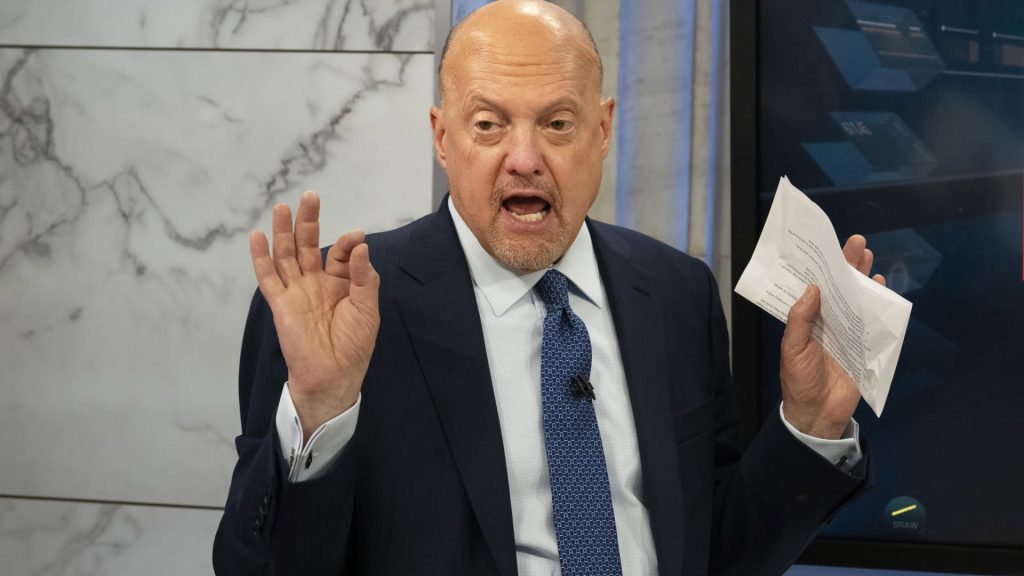Moody’s downgrade of the U.S. government debt is rippling through Wall Street on Monday, and CNBC’s Jim Cramer said there is a crucial difference between now and the past two times a credit-rating agency cut its outlook on Uncle Sam’s bonds. “What’s happening that didn’t happen then is there is an alternative” to U.S. stocks, Cramer said on “Squawk on the Street.” “The money keeps going to these European stocks, and it’s rather amazing.” In particular, Cramer pointed to the strength of the German and Spanish equity markets so far in 2025. The German DAX index is up more than 19% so far in 2025, while Spain’s IBEX index has advanced 21% and hit a fresh 52-week high Monday. For its part, the pan-European Stoxx 600 index is up nearly 8%. That compares with a roughly 1% advance for the S & P 500 , which has had a turbulent year as investors feared that President Donald Trump’s aggressive tariff policies could tip the U.S. economy into a recession. The index only last week turned green for the year, amid a sharply recovery rally as Trump has paused his steepest tariffs and U.S.-China tensions cooled off. On Monday, the S & P 500 lost about 0.3%, off its lows of the morning, while the yield on the benchmark 10-year Treasury note jumped above 4.5% Monday — a sign investors are selling U.S. bonds because yields move inversely to price. The trading action Monday follows Moody’s decision late Friday to downgrade U.S. debt from its highest-possible rating to its second-best designation, citing concerns about the national debt. Standard & Poor’s in August 2011 was the first of the three major credit-rating agencies to downgrade the U.S., and that led to a brutal sell-off on Wall Street that sent the S & P 500 down 6.66% in a single session. Then in August 2023, Fitch also lowered its rating on the U.S. debt to its second-highest level. In the first session after Fitch’s downgrade, the S & P 500 lost 1.38%. Cramer’s comments Monday shine further light on what has been a key theme in global financial markets so far this year: the strength of European stocks after a long period of underperformance versus the U.S. equity market. That catch-up trade was the subject of a recent column that Cramer wrote exclusively for CNBC Investing Club members. As Cramer pointed out Monday, when the U.S. credit rating was downgraded in 2011 amid Washington’s debt-ceiling crisis, the eurozone was in the midst of its own debt crisis. And while 2023 was a good year for Stoxx 600 fueled in part by hopes of easing monetary policy, it was even a better year for the S & P 500 as the artificial intelligence boom took hold. This time around, though, Cramer is arguing that Europe is presenting more serious competition for investors’ capital.


